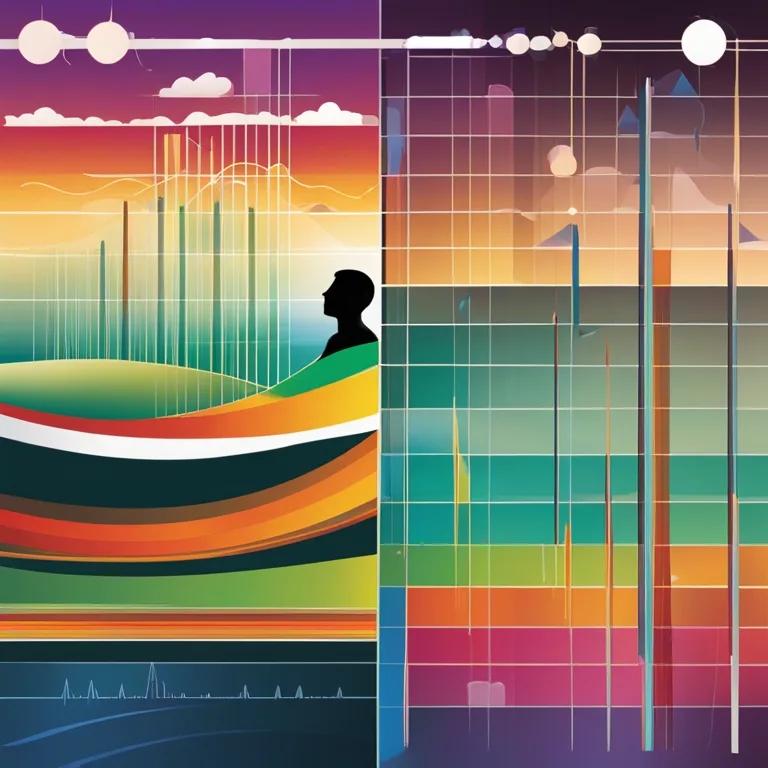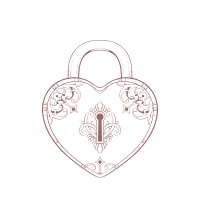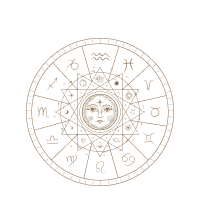
The Essence of Biorhythm Cycles Explored
An insightful overview of biorhythm cycles and their impact on daily life, touching on physical, emotional, and intellectual rhythms.
article by Adrian Wallace
Defining Biorhythm Cycles
Biorhythms are a complex network of life patterns believed to affect various aspects of one's well-being. The concept dates back to the 19th century and hinges on the idea that our daily lives are influenced by rhythmic biological cycles. Throughout the years, researchers and enthusiasts have leveraged technological advancements to provide more comprehensive analyses of these cycles. A biorhythm cycle encompasses three primary rhythms—physical, emotional, and intellectual—each operating on a distinct timetable from the moment we are born. Proponents suggest that by understanding our personal biorhythms, we can predict and possibly enhance our performance, well-being, and interactions.

The Three Core Biorhythms
Within the framework of biorhythms, each rhythm governs a different facet of human life. The physical biorhythm follows a 23-day cycle, influencing strength, health, and endurance. The emotional biorhythm, on a 28-day cycle, affects mood, creativity, and perception. Finally, the intellectual biorhythm, completing its cycle every 33 days, governs cognitive functions, alertness, and analytical skills. By accurately charting these cycles, individuals may gain insights into potential highs and lows in their capacities and moods—though scientific consensus on the validity of these predictions remains elusive.

Biorhythms in the Modern Age
The biorhythm theory has been met with skepticism from the scientific community because of a lack of empirical evidence. Despite this, the digital age has given rise to sophisticated software and mobile apps, allowing users to explore their biorhythms with ease. In 2024, numerous platforms offer personalized biorhythm charts, forecasts, and compatibility reports. These tools have expanded the accessibility of biorhythm analysis to a broader public, promoting the study as a tool for self-reflection and personal development rather than rigid determinism.

Using Biorhythms for Daily Life
Many biorhythm enthusiasts claim that aligning activities with one’s biorhythms can potentially optimize performance and emotional experiences. For instance, recognizing a high point in the physical cycle might suggest a good time for physical activities, while awareness of a low point emotionally could encourage more self-care. Beyond personal use, some biorhythm practitioners offer advice for relationship compatibility, team-building, and scheduling major life events. Skeptics, however, urge caution, noting that biorhythms should not override common sense or medical advice.

Critical Views and Cautions
While biorhythm charts offer an intriguing glimpse into the interplay of natural cycles with human life, it’s important to treat them as one of many tools in the pursuit of wellness. Criticism often centers on the generalized nature of predictions and the lack of scientific rigor. As of 2024, no definitive research has validated the predictive power of biorhythm cycles. Consequently, it's recommended to use biorhythm analysis as a supplementary perspective, not a substitute for professional health and psychological guidance.
The Future of Biorhythm Studies
As we move further into the 21st century, the conversation around biorhythms is likely to evolve, with potential advancements in data analytics and personalized health. Should new empirical studies emerge, the biorhythm theory might find new applications in various fields. Regardless of future developments, biorhythms will continue to captivate those fascinated by the possibility of a deeper connection between our bodies' natural rhythms and our daily experiences.
Published: 12/28/2023
Modified: 12/28/2023
More predictions
Come back here soon to learn more about yourself and your future


The Reality Of Biorhythm Compatibility
Unravel the truth behind biorhythm compatibility and its role in personal relationships and daily life.


Biorhythm Compatibility: Fact Or Myth?
Explore the concept of biorhythm compatibility to discover if there's a real connection between our biocycles and relationship harmony.


Biorhythm Theory: Fact Or Fallacy?
Explore the fascinating concept of biorhythms to discern if there's any scientific accuracy behind this popular belief.